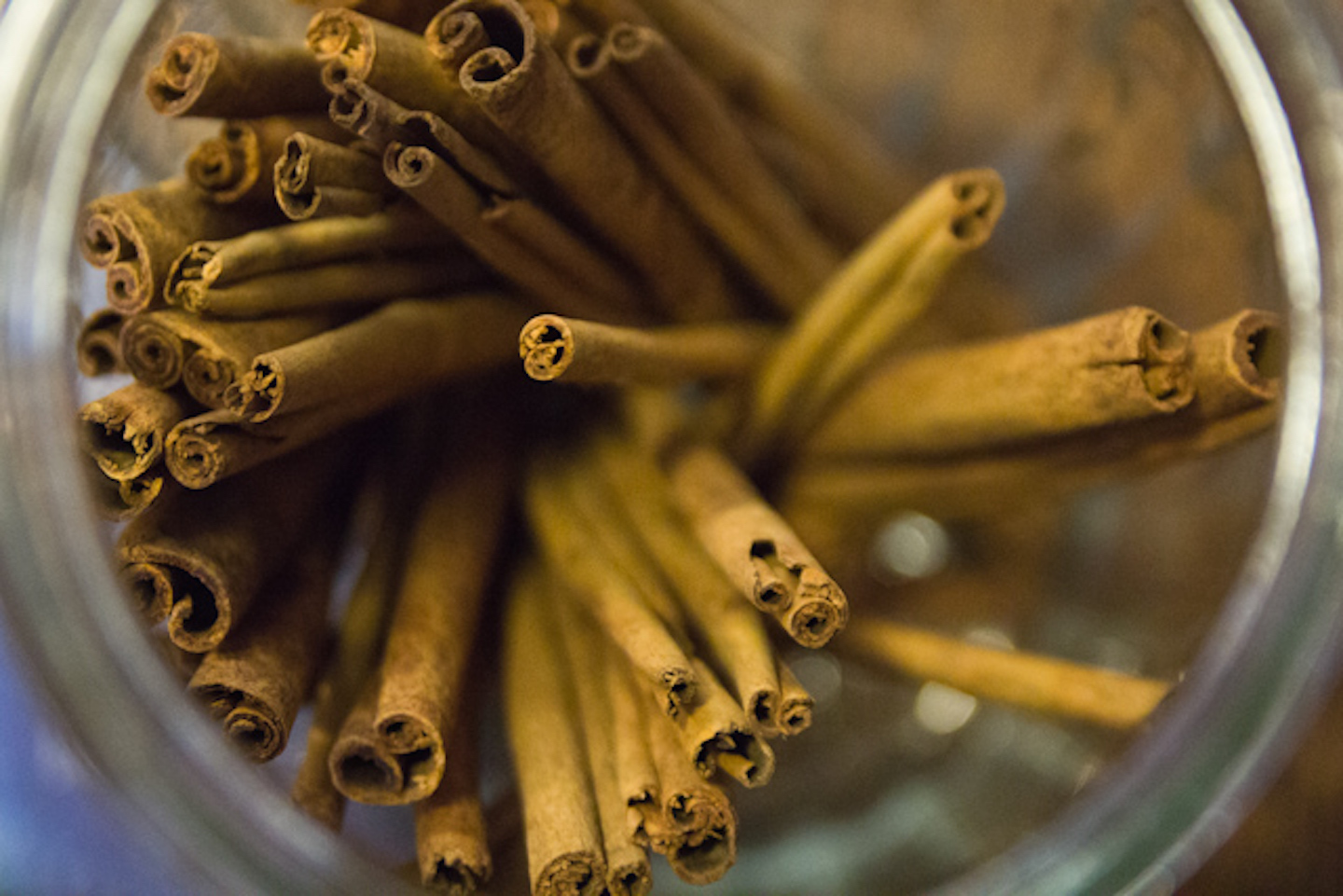Are you over 60 and keen on giving your diet a healthful twist? Welcome to the delightful world of cocoa flavanols! Imagine discovering that your path to enhanced well-being could be paved with something as enjoyable as cocoa. We’re not just talking about indulging in a chocolate bar – this journey is about exploring the diverse and healthful world of cocoa in all its forms, from dark chocolate to cocoa powder and even cocoa extract supplements.
Recent research has shed a promising light on cocoa flavanols, particularly for those in their golden years. These powerful compounds, found abundantly in cocoa beans, are celebrated for their antioxidant and anti-inflammatory properties. But what does this mean for you, especially if you’re over 60? It’s an opportunity to reimagine your relationship with cocoa products, understanding that they can be more than just a treat – they can be a key component of a health-conscious lifestyle.
In this deep dive into the world of cocoa flavanols, we’ll unravel the science, debunk the myths, and explore creative, delicious ways to incorporate these wonder compounds into your daily routine. Whether you’re a chocolate enthusiast or curious about healthier dietary choices, this journey is for you. So, let’s embark on this flavorful exploration and discover how cocoa can not only tantalize your taste buds but also contribute significantly to your health and vitality.
Ready to turn every cocoa encounter into a step towards better health? Let’s start our flavorful adventure!
[ez-toc]
Section 1: Unlocking the Secrets of Cocoa Flavanols
The Hidden Power in Cocoa Beans: Let’s delve into what makes cocoa so special. At the heart of cocoa’s health benefits are flavanols – these are natural compounds that pack a powerful punch in promoting health. They are not just antioxidants; they are also known for their anti-inflammatory properties. This is particularly important as we age, as inflammation is a key factor in many chronic diseases.
Flavanols – The Brain’s Best Friend?: Recent studies have brought to light an exciting aspect of cocoa flavanols – their potential to support cognitive function in older adults. One key study is the COSMOS trial, which highlighted the cognitive benefits of daily intake of cocoa flavanols for individuals over 60. What’s remarkable here is the suggestion that these compounds might help keep our minds sharp and agile as we age.
Beyond Cognition: But the power of flavanols extends beyond brain health. Research has linked these compounds to improved cardiovascular health, suggesting that they can help maintain flexible blood vessels and healthy blood flow. This is crucial for overall wellness, especially in the later stages of life.
The Science of Absorption: It’s not just about consuming flavanols; it’s about how our bodies absorb them. Cocoa flavanols are most effective when consumed in their most natural form, as processing can reduce their potency. This is where choosing the right type of cocoa product becomes crucial.
Section 2: Deciphering Cocoa Products – More Than Just Chocolate Bars
Exploring the Cocoa Spectrum: When we think of cocoa, chocolate bars often come to mind first. However, cocoa’s versatility is vast, encompassing a range of products each boasting its unique benefits. From unsweetened cocoa powder and rich dark chocolate to cocoa nibs and even cocoa supplements, the world of cocoa offers numerous ways to enjoy its health benefits.
Dark Chocolate – A Flavanol Powerhouse: Dark chocolate is celebrated for its high cocoa content and, consequently, its rich flavanol profile. But not all dark chocolates are created equal. Look for options with a cocoa content of 70% or higher to ensure a higher flavanol intake. Remember, the darker, the better – and the less room for added sugars and fats.
Cocoa Powder – The Understated Superfood: Unsweetened cocoa powder is a low-calorie, versatile option for getting your flavanol fix. Its concentrated form means you can enjoy the benefits without the added sugars of chocolate bars. Mix it into smoothies, sprinkle it over fruit, or use it in healthy baking recipes to add a chocolaty flavor along with a health kick.
Cocoa Nibs – The Crunchy Delight: For those who enjoy texture in their food, cocoa nibs are a great choice. These are essentially crushed cocoa beans, retaining all the natural goodness with a crunchy twist. Sprinkle them over yogurt, oatmeal, or even salads for a nutrient-dense addition to your meals.
Cocoa Supplements – Convenience in a Capsule: If you’re looking for a straightforward way to incorporate flavanols into your diet, cocoa extract supplements can be an efficient choice. They provide a concentrated dose of flavanols without the extra calories. However, it’s crucial to choose high-quality supplements from reputable brands.
Section 3: Creative Cocoa Incorporation – Delicious and Nutritious
Redefining Cocoa Consumption: Cocoa flavanols can be a part of your diet in exciting and delicious ways. Here are a few ideas:
- Morning Kickstart: Add a teaspoon of natural cocoa powder to your coffee or morning smoothie. It adds flavor and a health kick to start your day.
- Healthy Snacking: Cocoa nibs are perfect for snacking or as a topping on yogurt or oatmeal. They add a crunch and nutritional punch without the extra sugar.
- Baking with a Twist: Swap some flour with cocoa powder in your baking recipes. It’s a simple way to boost flavanol content while enjoying your favorite treats.
Recipe Spotlight: Try a ‘Cocoa Flavanol-Rich Smoothie’ – blend a banana, a handful of spinach, almond milk, a tablespoon of cocoa powder, and a touch of honey. It’s a perfect blend of health and taste.
Section 4: The Broader Spectrum of Cocoa Benefits
Cocoa Flavanols – Not Just for the Brain: While we’ve highlighted the cognitive benefits of cocoa flavanols, especially for those over 60, their advantages extend further. Let’s explore some additional health perks:
- Heart Health Hero: Cocoa flavanols can be instrumental in maintaining cardiovascular health. They aid in improving blood circulation and reducing the risk of heart-related issues by maintaining the elasticity of blood vessels.
- Mood Booster: There’s a reason why chocolate makes us feel good! Cocoa can have mood-enhancing effects, thanks to its flavanol content and other mood-lifting compounds found in it.
- Skin Health: Believe it or not, the antioxidants in cocoa can contribute to healthier skin. They help in protecting the skin from oxidative stress, potentially reducing signs of aging.
Balanced Approach for Maximum Benefits: While cocoa and its flavanols offer numerous health benefits, it’s essential to remember balance. Integrating cocoa into a diet rich in fruits, vegetables, whole grains, and lean proteins ensures a comprehensive approach to health and well-being.
Did You Know?: Regular intake of cocoa flavanols has been linked to reduced risk factors for diabetes, thanks to their role in regulating blood sugar levels.
Section 5: Smart Cocoa Consumption – Moderation is Key
Enjoying Cocoa with a Health-Conscious Mindset: Embracing cocoa for its health benefits doesn’t mean unlimited consumption. Here’s how to enjoy it smartly:
- Portion Control: With cocoa products, especially chocolate, keep an eye on portions. A small square of dark chocolate or a teaspoon of cocoa powder is often enough to reap the benefits.
- Quality Over Quantity: Choose high-quality cocoa products. The focus should be on the quality and cocoa content, rather than consuming large quantities.
- Diverse Diet Integration: Incorporate cocoa into a diverse and balanced diet. It should complement, not replace, other vital nutrients.
Savvy Tip: Use cocoa as an opportunity to explore new recipes and flavors. Experiment with adding it to dishes you already enjoy, and you might discover some delightful new favorites!
Conclusion: Embracing Cocoa Flavanols in Your Golden Years
A Sweet Ending to Our Cocoa Journey: As we wrap up our exploration of cocoa flavanols, it’s clear that this delightful ingredient offers much more than just flavor. For those over 60, integrating cocoa into your diet can be a delicious way to support cognitive function, heart health, and overall well-being.
The Joy of Cocoa – A Healthful Indulgence: We’ve seen how cocoa, in its various forms, can be a versatile and beneficial addition to your diet. From a morning cocoa-infused smoothie to a small square of dark chocolate as an afternoon treat, there are numerous ways to enjoy the health benefits of cocoa.
Your Next Steps to a Cocoa-Rich Lifestyle:
- Experiment and Explore: Don’t be afraid to try new ways of incorporating cocoa into your diet. Whether it’s through baking, smoothies, or simply enjoying a piece of high-quality dark chocolate, each experience can be both healthful and enjoyable.
- Consult and Consider: As with any dietary change, especially for those with health considerations, it’s wise to consult with a healthcare professional. They can provide guidance tailored to your specific health needs and dietary restrictions.
Parting Thought: Let cocoa flavanols be a reminder that sometimes, the best health strategies come in the most delightful packages. As you continue on your journey of health and wellness, remember that cocoa can be more than just a treat – it’s a small yet potent tool in your arsenal for a vibrant and healthy life after 60.
10 FAQs for “Over 60? Time for Chocolate Therapy”
- What makes cocoa flavanols beneficial for those over 60? Cocoa flavanols are powerful antioxidants that improve blood flow, cognitive function, and heart health, which can be particularly beneficial as we age.
- How can I incorporate cocoa into my diet without eating too much chocolate? Consider using unsweetened cocoa powder in smoothies or oatmeal, nibbling on cocoa nibs as a snack, or selecting high-flavanol cocoa supplements.
- Is there a specific type of chocolate that’s healthiest? Dark chocolate with at least 70% cocoa content is best for maximizing flavanol intake while minimizing added sugars and fats.
- Can cocoa flavanols help with heart health? Yes, cocoa flavanols can improve blood circulation and vessel flexibility, contributing to better heart health.
- Are there any cognitive benefits to consuming cocoa flavanols? Studies suggest that regular intake of cocoa flavanols can enhance cognitive function, especially in older adults, by improving brain blood flow.
- What’s the difference between cocoa powder and cocoa nibs? Cocoa powder is made from crushed cocoa beans and is a versatile ingredient for cooking and baking, while cocoa nibs are raw pieces of cocoa beans and make for a crunchy, nutritious snack.
- How much dark chocolate should I eat to get health benefits? Moderation is key. A small square of dark chocolate or a teaspoon of cocoa powder a day can provide benefits without excessive calorie intake.
- Can eating chocolate improve my mood? Yes, the compounds in cocoa, including flavanols, have mood-enhancing effects, making chocolate a feel-good food.
- Are cocoa flavanols good for skin health? The antioxidants in cocoa can protect the skin from oxidative stress, potentially reducing signs of aging and promoting skin health.
- Is it okay to consume cocoa products daily for health benefits? Yes, as long as it’s in moderation and part of a balanced diet. It’s important to consider the overall quality and quantity of your cocoa consumption.
Blog Tags for the Post
cocoa flavanols, senior health, cognitive benefits, heart health, dark chocolate, healthy aging, antioxidant foods, brain health, mood enhancement, skin care













